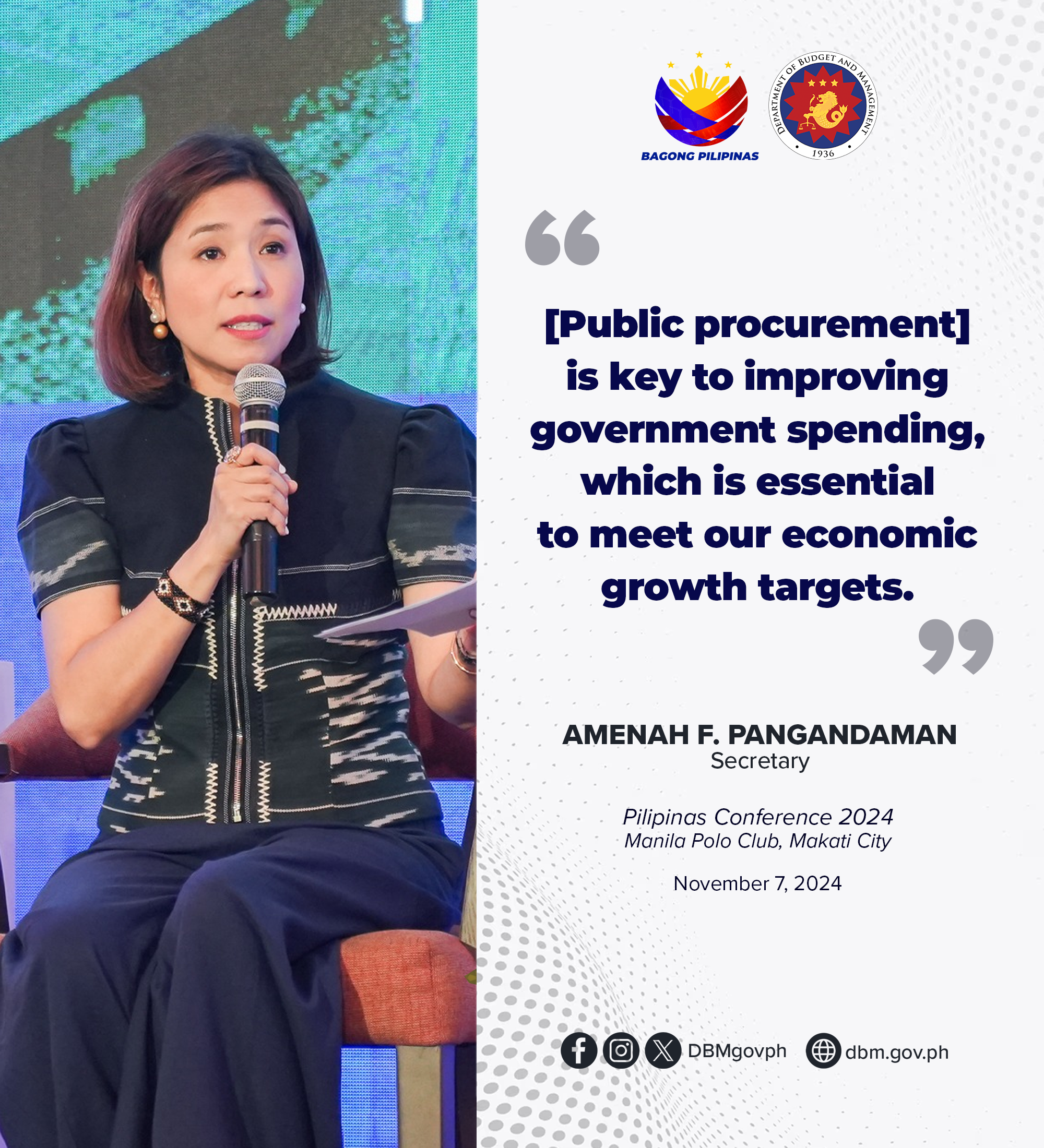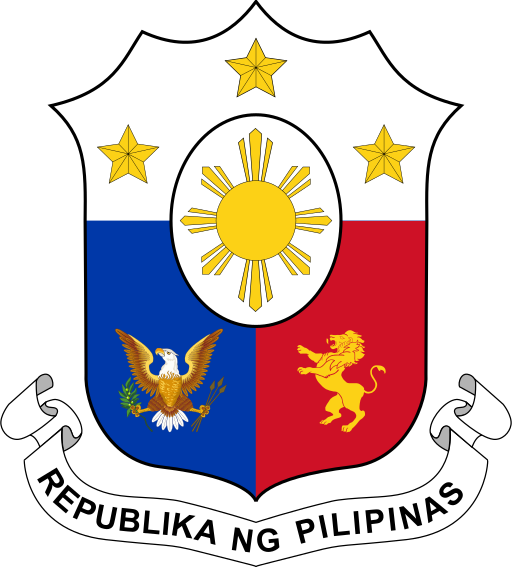
To the members of the Stratbase ADR Institute for Strategic and International Studies;
Distinguished panel of reactors, Dr. Francisco Magno, Dr. Philip Arnold Tuaño, and Dr. Jamil Paolo Francisco;
Esteemed leaders of the business community, and all advocates of transparency and accountability in governance:
Assalamu alaikum wa Raḥmatullahi wa Barakatuh.
Magandang umaga po. Good morning to everyone.
First, thank you for inviting us to the 9th Pilipinas Conference and for providing us with a platform to discuss the government’s key policy reforms to strengthen transparency, accountability, and bureaucratic efficiency.
As Secretary of Budget and Management, I am also Chairperson of the Government Procurement Policy Board (GPPB). Hence, since my first day as Secretary of DBM, transforming the country's procurement landscape has been one of my top priorities. Even before joining DBM, I already knew how important it is to update our 20-year-old Government Procurement Reform Act because I was the Chief-of-Staff then of the author, the late Senate President Edgardo J. Angara, and our team worked on this back in 2003.
So I am proud to share that in less than two years since assuming office—thanks to our teams at the department, together with the GPPB-Technical Support Office, our Procurement Service-DBM, and our lawmakers led by then-Senate Committee on Finance Chair Sonny Angara—we have updated our procurement law. The New Government Procurement Act (NGPA)—the biggest anti-corruption measure in modern times—was signed by the President last July.
I am also proud to share that no less than the International Monetary Fund lauded our efforts at procurement reform, saying in its 2023 Country Report that this would “help further enhance the legal and institutional framework for transparent and competitive public procurement.”
Now let me share with you the features of the New Government Procurement Act to appreciate how it updates, strengthens, and drastically improves our procurement systems.
Digitalization
In line with our Public Financial Management (PFM) Reforms Roadmap 2024-2028—our blueprint for modernizing and harmonizing our PFM system, including public procurement as one of the strategic focus areas—we are leveraging the latest digital technologies to update and further improve the Philippine Government Electronic Procurement System (PhilGEPS) and transform it into a modernized PhilGEPS or mPhilGEPS.
Now, PhilGEPS will have e-bidding and e-marketplace facilities, streamlining the procurement process by establishing electronic payments and interconnecting government databases, as well as providing an audit trail of electronic transactions.
Best of all, procuring entities will now be able to just “Add to Cart” or directly purchase supplies and equipment from competent and reputable suppliers through an online platform.
On top of that, we also want to create a more enabling environment for prospective bidders. Now, they will only need to submit the PhilGEPS Certificate of Registration and Membership in lieu of other legal, technical, and financial eligibility documents.
Competitiveness
We also sought to make the procurement process more competitive because about 60 percent of our annual budget is covered by public procurement.
It is key to improving government spending, which is essential to meet our economic growth targets.
Hence, the New Government Procurement Act was designed to improve the competitiveness of our entire public procurement system by striking a balance between cost-effectiveness and broader value considerations in procurement decisions, ensuring a fit-for-purpose approach.
We have incorporated the Most Economically Advantageous Responsive Bid (MEARB) alongside the Lowest Calculated Responsive Bid (LCRB) as an option for evaluating offers. In using the MEARB, the procuring entities may consider added value in terms of energy consumption, maintenance, sustainability, or disposal costs. Therefore, we can ensure that the best and winning bid will provide us with high-quality outcomes at a reasonable cost.
The NGPA also requires procuring entities to conduct market scoping to ensure proper and strategic planning. By directly engaging with market operators, procuring entities can gather all relevant information and ensure that the most advantageous price and best quality of goods are offered to the government.
In cases where competitive bidding is not the most efficient mode of procurement, the NGPA introduces five innovative procurement methods including competitive dialogue, unsolicited offers with bid matching, direct acquisition, direct sales, and direct procurement for science, technology, and innovation. These will allow government agencies to adopt a procurement modality appropriate to the complexity or urgency of their needs and requirements.
Transparency
As Chairperson of the Philippine Open Government Partnership, we have also ensured that we meet our OGP commitments through the New Government Procurement Act.
We have introduced open contracting; hence, there will be disclosure of data and documents at all stages of procurement, from planning to contract implementation. Through this, we can say that we are truly at par with global best practices since open contracting is recommended by international bodies such as the European Commission, the World Bank, and the United Nations, among others.
We have also taken steps to ensure transparency by requiring the beneficial ownership information of suppliers, manufacturers, distributors, contractors, or consultants to participate in government procurement. This information will be accessible to the public through an online registry maintained by the GPPB. This will ultimately prevent and mitigate the risk of conflicts of interest and corruption.
Public Participation
We have also included a public participation component wherein representatives from civil society organizations will now be invited to participate in all levels of the procurement process. There will also be video recordings of all procurement-related conferences for more transparency.
This has been hailed by no less than the World Bank with this statement [and I quote], “The Philippines has taken a big step forward with the enactment of the New Government Procurement Act, which strengthens the ability of CSOs to participate in public monitoring of procurement processes and in contract implementation.”
Accountability
Another goal of the act is to establish professionalization as a key principle of public procurement in the Philippines. This is achieved by developing a group of procurement professionals who not only possess technical expertise but also adhere to ethical procurement practices, ensuring that procurement decisions are made based on competence and expertise rather than personal interests.
Moreover, the NGPA specifies measures for holding procurement practitioners and public officials more accountable.
Inclusivity
We have also adopted the Inclusive Procurement Program to provide equal opportunities to vulnerable and marginalized sectors of the community to take part in the procurement process. This program incorporates strategies to empower and support MSMEs and start-ups, as well as promote gender-responsive procurement policies.
By doing so, we hope to enable meaningful competition to help most suppliers including women-owned and women-led businesses.
Green Procurement
Finally, we are ensuring that our procurement system is also about being sustainable.
To this end, we have launched the Green Public Procurement strategy to incorporate sustainability criteria into our processes and promote environmentally friendly and socially responsible procurement practices.
Closing
Through these efforts, the NGPA aims to significantly reduce—if not eliminate—bottlenecks in the procurement process.
As we know, this reform agenda will only succeed through collaborative governance and a whole-of-society approach. So let us work together to foster a strong and efficient procurement system—a cornerstone of the Bagong Pilipinas we all envision: a nation where citizens can rely on the transparent, accountable, and efficient use of government resources geared towards a truly inclusive and sustainable economic transformation.
Thank you very much. Maraming salamat po.
END

